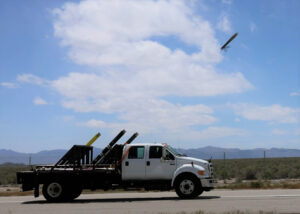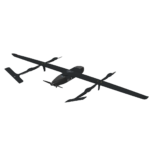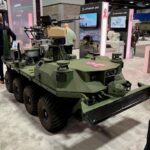
DUGWAY, Utah — Over 30 first time technology events, participation from seven international partners and the launching of the largest “wolf pack” swarm of new Air-Launched Effects (ALE) drones to date. The Army last week concluded its second Future Vertical Lift (FVL)-led EDGE experiment here at Dugway Proving Ground, where senior officials said the service has made progress in advancing the potential of the aerial tier network and emerging technologies for the future battlefield with new achievements for speed, range and…

 By
By 











